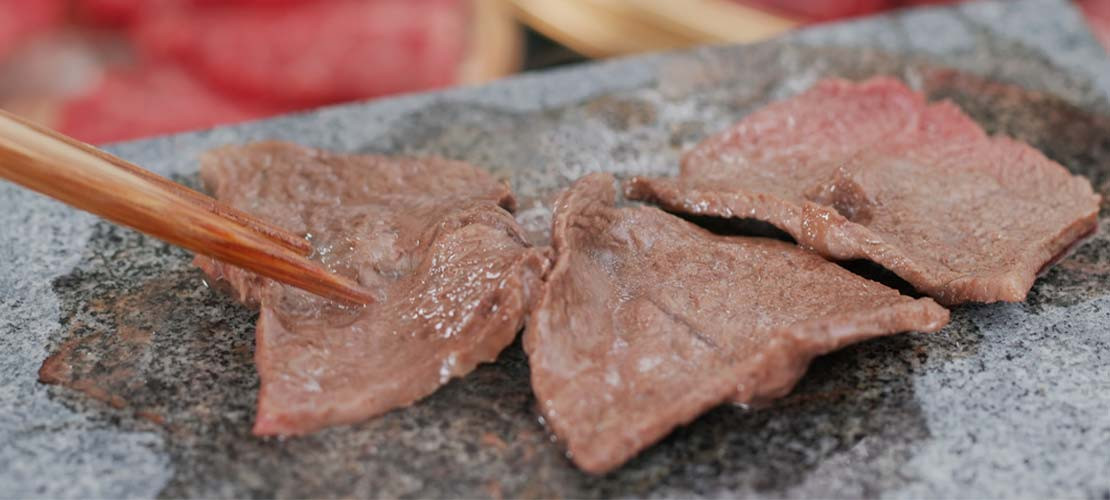During a recent visit to Wildwood Canyon Park north of Burbank in the Verdugo Hills, I picked up a flat rock. It was about one-half inch thick, and measured roughly ten inches by seven inches. I decided to use this rock to practice stone cooking.
My cooking surface would be the side of the rock that was completely flat. I placed my flat rock on a fire, oiled it, and then let it warm up. Then I cooked some eggs. A rock that thick takes a lot longer to heat up than a standard kitchen skillet, but once warmed, it stays warm for a long time. The egg cooked slowly and evenly and didn't burn. It tasted as good as an egg cooked in a stainless steel or cast iron skillet. There was no sand or grit whatsoever.
I became interested in cooking without modern utensils many years ago when I learned how people cooked in the distant past. In the pre-horse and pre-metal days of Southern California some 500+ years ago, Native Americans cooked on flat stones, directly on the ashes or coals of the fire, in specially carved stone bowls, on wooden grills suspended over the fire, and in wooden bowls into which hot rocks were dropped.
Native Americans would select a piece of sandstone and carefully shape it, sometimes taking as much as a month to make a good family cookstone. It would have to be completely smooth and of an even thickness. It would be oiled and slowly heated before it would actually be used.
To experiment, I have picked flat stones (sometimes referred to as slate) out of the Big Tujunga Wash and have used them for cooking. Other times, I have found the thin layers of rock that formed millennia ago in the cracks of the even older rocks that make up our local mountains. When parts of mountainsides wash away or erode, these flat pieces can sometimes be collected and shaped into cooking stones — the frying pan of the past.
Many times I have cooked a potato or corn-on-the-cob simply by placing it into the coals of the campfire. Ideally, the potato should be wrapped with many layers of non-toxic leaves, and the corn should have its husk left on.
I have also cooked fish, snake, and squirrel simply by suspended the cleaned animals on green sticks suspended over the coals. The idea is not to burn the meat in the flames, but to place it very near the heat. Of course, it is important to watch and to turn your food often so it doesn't burn.
I have baked biscuits directly in the ashes of a campfire. You need to let the fire and coals die down until you have a thick bed of white ash. You mix your biscuit mix so that it is a little on the dry side, roll it into little balls, and then place them into the ash. You would think that such a biscuit would be gritty and dirty, but such is not the case. In fact, it is usually clean and tasty. There is nothing quite like fresh bread when you're on the trail. White ash is not gritty and it actually increases the mineral content of the biscuit.
Indians of Southern California sometimes carved stone bowls from volcanic rock or from steatite (a type of soapstone). This was the closest they came in the old days to a metal pot.
Many of the eating utensils in the past were made from burls of trees that had been hollowed out to make cups or bowls. A drinking burl may hold from one to two cups of liquid. So, if you wanted hot tea, you would add your tea leaves and water, and drop in a hot rock about the size of a large marble.
Cooking stones were of various sizes, and would usually appear as finely polished river cobbles. They would be put in the fire until glowing hot, and fished out of the fire with a long and green forked stick.
Larger wooden bowls might hold a volume of a few quarts to a gallon. Into such a bowl, a cooking rock slightly smaller than the size of your fist, would be added.
